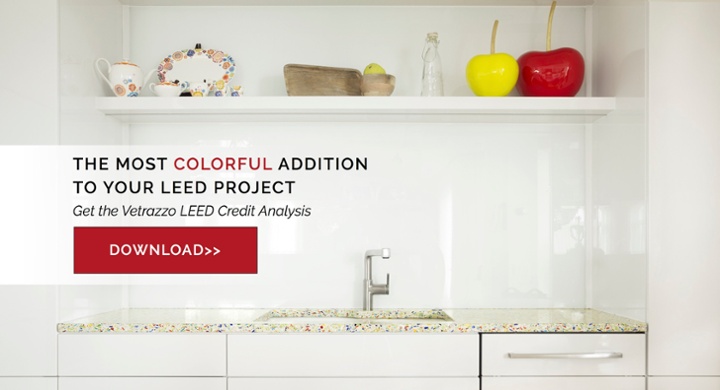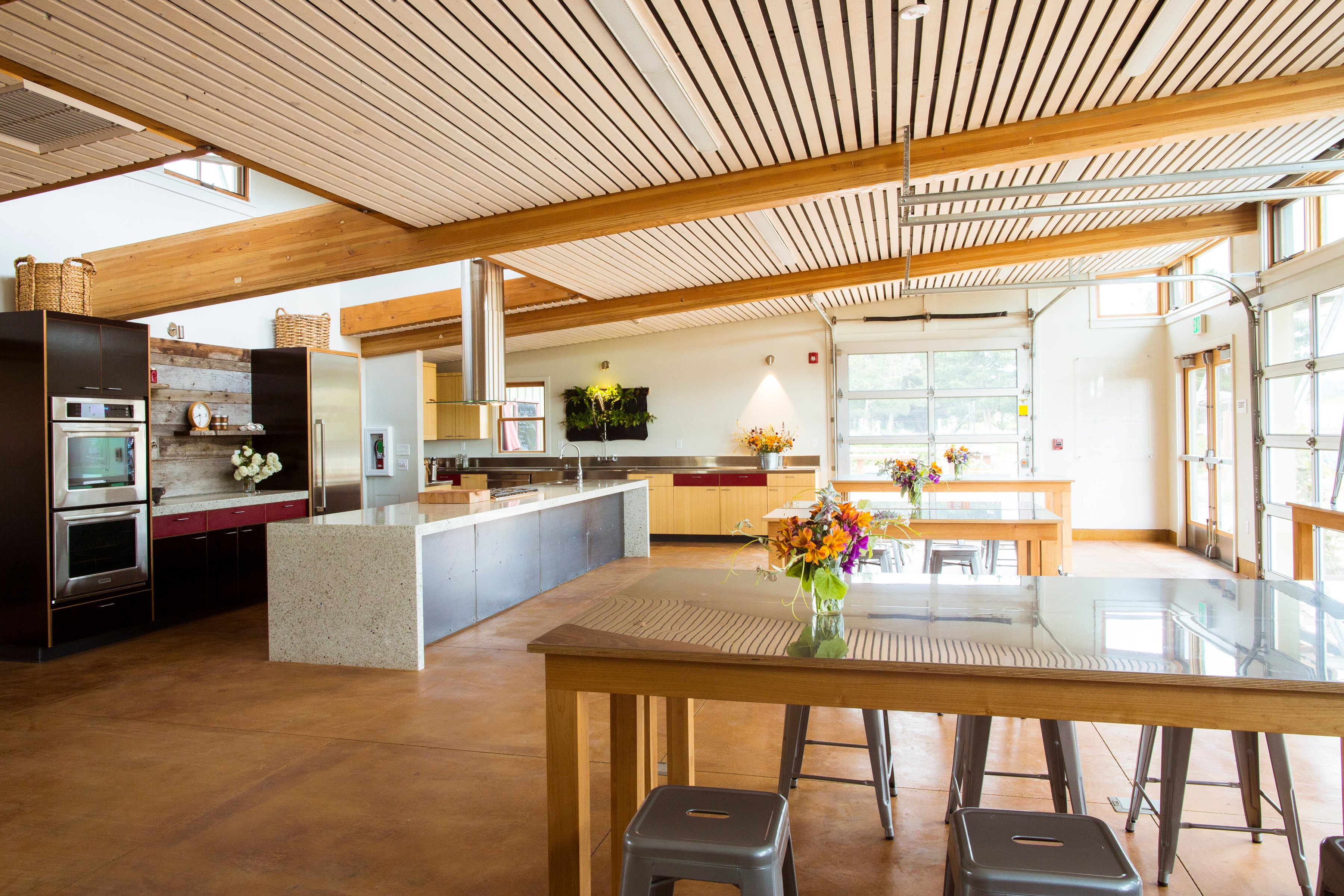
Farming, cooking and eating sustainably are all good things. But living sustainably can be more than just that. Knowing about the source of the food you consume; how it’s grown, raised, caught and prepared – that sort of connection is very important to some people.
Those who cook and eat sustainably often go one step further and make the place where they prepare their food sustainable as well. Sustainable kitchen design means giving as much thought to the counters we prep our food on as where it comes from.
From homes to schools, we’ve seen sustainability incorporated into kitchen design in some beautiful ways with Vetrazzo recycled glass surfaces. At a “green” classroom located at the Hilton Bialek Habitat in Carmel, California, students are preparing the sustainable food they learn about atop a countertop made from Vetrazzo’s Glass House.
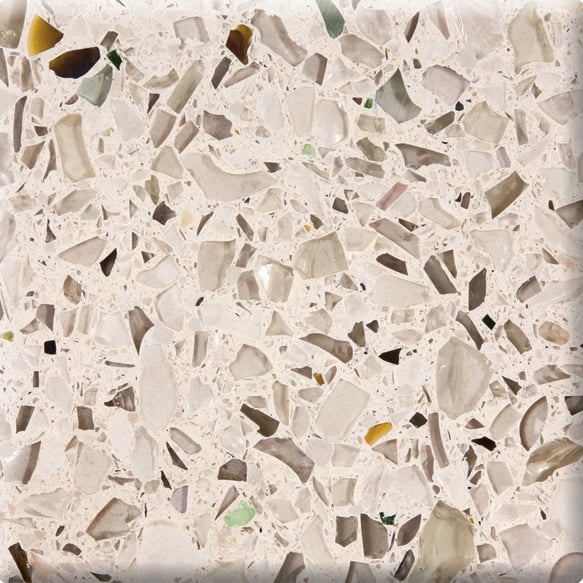
Glass House
THICKNESSES
1, 2, 3 cm slabs
In this unique green classroom, students have an opportunity to learn about sustainable living with hands-on instruction. The classroom is a collaboration among the Carmel Unified School District, the MEarth environmental education nonprofit organization and the community.
The 1,680-square-foot facility on the 10-acre Hilton Bialek Habitat, adjacent to Carmel Middle School, is a multipurpose space that hosts classes and field trips for students, as well as weekend workshops and public events.
The green classroom has dual use as a cooking classroom and science building, and serves as a research and energy-monitoring center. The building acts as a teaching tool, showcasing a variety of sustainable technologies, engaging students with their surroundings.
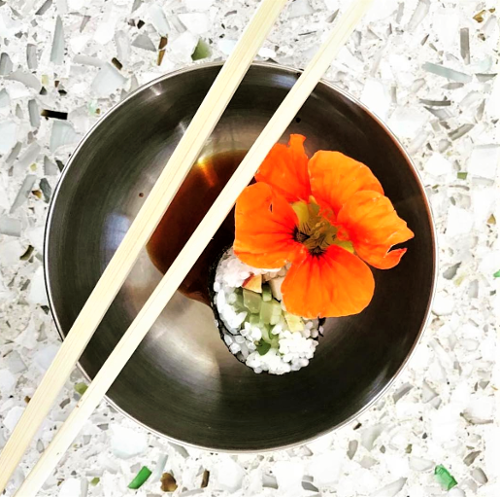
Sustainability practices and principles are the foundation of MEarth’s programming and curriculum at the facility. The organization teaches students that all of their actions – from the clothes they wear, the cars they drive, the homes they live in, and the food they eat – have a direct impact, not only on their own lives, but also on our planet’s health. MEarth provides innovative hands-on instruction to students of all ages.
“Our students love our Vetrazzo countertop,” says MEarth. “Seeing the little bits of recycled glass really gets them thinking about creative reuse and sustainable resource management. And it’s so beautiful, too!”
Vetrazzo’s eco-friendly products consist entirely of sustainable material, so there is no need to worry about preparing food or eating off it. The Glass House surface is made of clear and recycled glass from bottles and jars of different colors.
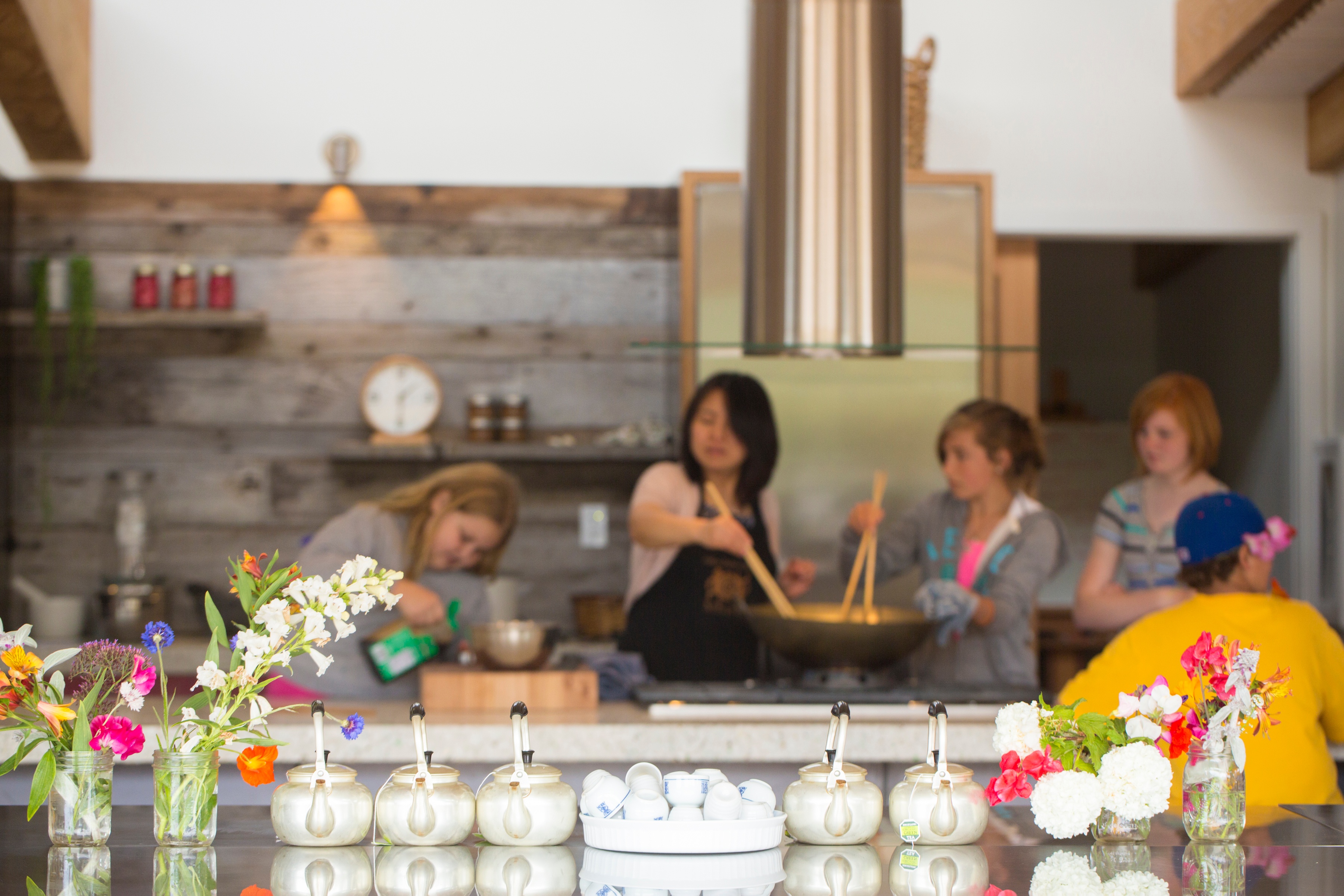
Arkin-Tilt Architects, a firm specializing in green projects (and last year’s winner of our Design Star Contest), constructed the green classroom with environmentally sound design, active solar architecture, alternative construction systems and living roofs.
In the school garden, strategies for indoor and outdoor teaching emanate from the landscape: the living roof expands the site onto the building, and trellises with deciduous vines shade the building in summer and fall, providing seasonal transformation. A seamless connection with the garden is achieved via at-grade iron-sulphate stained concrete floors and large glazed garage doors.
Atop simple shed roofs, a cupola provides dynamic, balanced daylight to the space and ventilation for stratified air, as well as collecting rainwater for irrigation. While the landscape roof and berm blend with the garden, the butterfly cupola is viewed as a small scale beacon of the habitat program from the nearby road.
Arkin-Tilt Architects has built a name for itself in ecological planning and design, with projects in commercial, residential and even educational uses, most of which include Vetrazzo recycled glass counters as part of the designs.
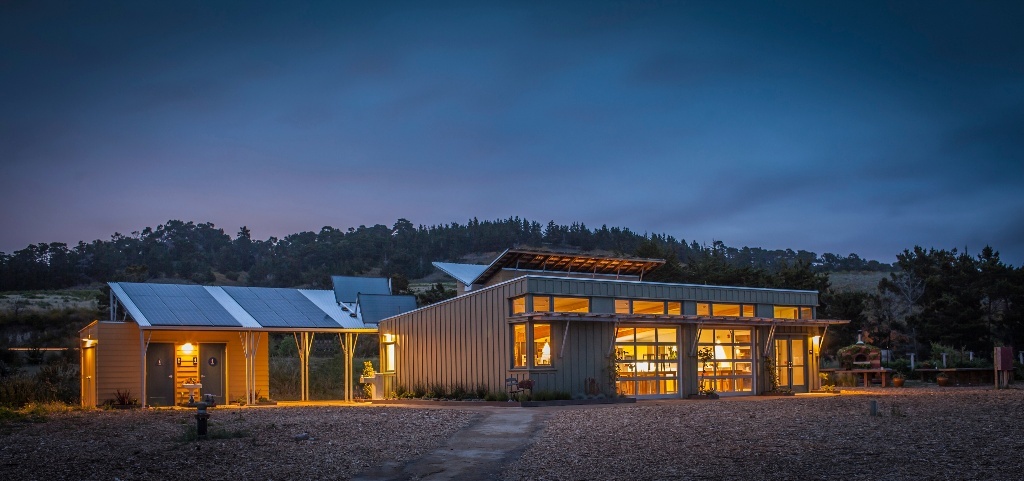
Unfortunately, there are several misperceptions about sustainable design, and one of them is that sustainability isn’t about design. Arkin-Tilt Architects has clearly busted this myth. Some of the most celebrated architects dismiss sustainability because they believe it has nothing to do with architecture. Yet, a design’s shape significantly impacts both the resources needed and people who use the building.
Other common misinterpretations by architects and designers: sustainability means environmentalism; sustainability and technology are heavily connected; and sustainable design costs too much. If the Carmel school district relied on these ideas, the green classroom would have never been built.
Many people think sustainability deals exclusively with environmental concerns. But originally it was understood that sustainability integrates people, profit and planet – the triple bottom line of social, economic and environmental value.
Sustainable design isn’t just solar panels and wind turbines (gizmo green), which is what many architects seem to believe. In a way, technology has taken over sustainability. Rather than a choice of tools, sustainability is a choice of values.
And a very common criticism about green building is that it’s too expensive. But by relying more on natural light and outdoor fresh air, green building can actually cost less than conventional construction.
The fact that the green classroom and garden connect indoor learning space with outdoor learning space allows the students to establish a valuable connection to where their food comes from. We’re so glad we could be a part of this sustainable living educational program.
Looking for a sustainable material for your next job? Download our LEED guide. 